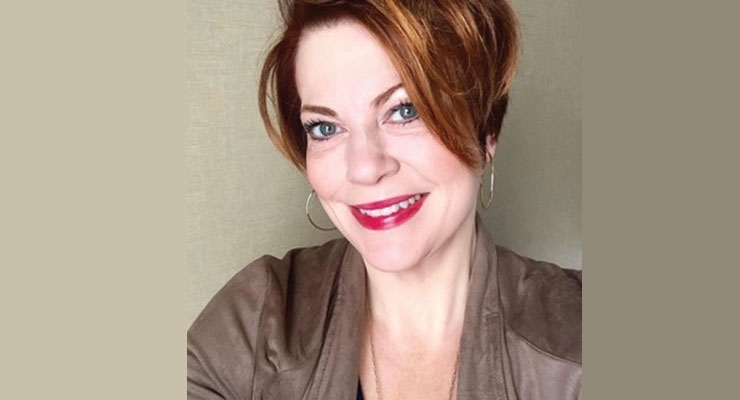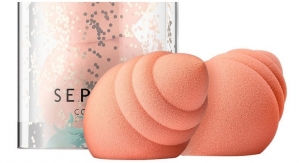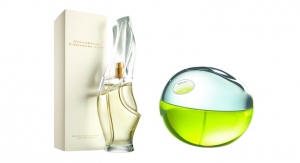Elle Morris, CEO, HMS Design04.19.18
It’s no secret that 2017 was traditional retail’s toughest year yet. Many department stores and big boxes shuttered locations last year; most had to reset and focus on how to balance digital strategy with in-store experiences.
Then there are the beauty retailers – they are leading the way, constantly evaluating and innovating around the ever-evolving consumer engagements, both on-line and in-store.
Sephora continues to lead the way with constant innovation. This forward-thinking retailer started Beauty TIP (Teach, Inspire, Play) workshops back in 2015 to leverage in-person beauty learning experiences at flagship stores; to create a community. (See photos above, courtesy of Sephora.)
The TIP stores have a work table in-store for consumers to work with the Sephora educated beauty consultants and learn application tips, but they also feature iPads to access Sephora Virtual Artist Technology. If consumers seek further inspiration, they can check out The Beauty Board. This large screen is a shoppable gallery of user generated content. Each station includes product, an iPad, Wi-Fi, so Sephora customers can create their own looks and share them in real time.
Sephora is a true pioneer in deploying new technology online, on mobile and in stores, and knows how to incorporate it across platforms. The retailer has been front and center with chat bots as well as its interactive Virtual Artist augmented reality application.
The Beauty TIP Workshops stores are now in seven locations across North America; the two Manhattan stores, San Francisco's Powell Street, Boston's Prudential Center, Chicago's Michigan Avenue, Santa Clara's Valley Fair and Toronto's Yorkdale.
Each of these stores marries Sephora's digital technology and social media thinking WITH brick and mortar. There’s not a war between separate platforms; their smart and seamless integration makes it easy for multiple generations (Z, Millennials, and X’ers) to try and buy with confidence.
Ulta continues to grow with online sales jumping 63% in the third quarter in 2017. While Ulta owns a distinctive positioning in the beauty space, its more than 1,000 stores present beauty consumers with a combination of product experiences. This distinguishes Ulta from its department store competitors, but the retailer is facing new rivals beyond Sephora. Amazon is working hard to grow in the cosmetics space, and the word is that they have been in talks with high-end beauty retailer Violet Grey.
Ulta persists in outperforming its peers by attracting Millennials to its stores, growing an enviable e-commerce business, leveraging brand partnerships and launching exciting and innovative product lines. The retailer is strengthening its partnerships with beauty brands like Estee Lauder and MAC Cosmetics across all channels.
Ulta makes sure to offer their consumers the best of a welcoming brick and mortar environment through a “less intimidating” beauty experience as well as leveraging a fully integrated on-line platform which makes the Ulta consumer truly an “omni platform shopper.”
We would be shortsighted to view beauty as a solely brick and mortar business. Although in-hand experience and experimentation are critical to building sales in beauty, apps and on-line consultation have enabled beauty consumers to virtually “try” before they buy. Beauty retailers continue to succeed when they innovate and integrate retail with digital experiences for their consumers.






























